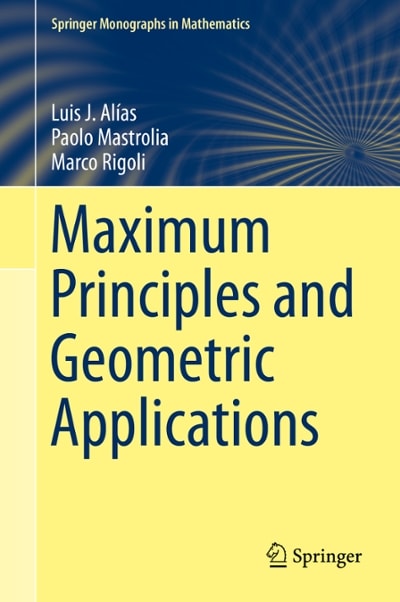Question
1. A simple random sample of 60 items results in a sample mean of 200. The population standard deviation is known to be 100. Construct
1. A simple random sample of 60 items results in a sample mean of 200. The population standard deviation is known to be 100. Construct a 95% confidence interval estimate of the population mean and choose the correct answer from the options below.
- A. (186.14; 213.86)
- B. (164.22; 235.78)
- C. (174.70; 225.30)
- D. (182.11; 217.89)
- E. (179.34; 220.66)
2. In a sample of 200 online meeting participants that accepted a meeting invite, only 178 attend. Construct a 95% confidence interval estimate for the true population proportion of participants that attend a meeting and choose the correct answer from the options below.
- A. (0.847; 0.933)
- B. (0.902; 0.998)
- C. (0.893; 0.987)
- D. (0.846; 0.954)
- E. (0.852; 0.948)
3. DineoConnect (a startup internet provider) would like to submit a proposal to Google, to consider expansion of its Nest WIFI services to remote areas in South Africa. As part of their market research, DineoConnect needs your assistance in testing the hypothesis that the average fibre internet cost in South Africa is less than R600. In a sample of 80 households with fibre internet, the mean fibre internet cost is R550 and the standard deviation is R220.
What is the value of the test statistic?
- A.-2.03
- B.-2.16
- C.-1.61
- D.-1.90
- E.-1.76
4. In a random sample of 200, the sample proportion is 25%, you are required to test at a 5% level of significance if the true population proportion is equal to 20%. Calculate the p-value for the test and choose the answer from the options below.
- A. 0.0768
- B. 0.1586
- C. 0.1236
- D. 0.0182
- E. 0.1498
5. Consider a 5 5 contingency table. You are required to test the independence of row and column variables with a 1% level of significance. Which one of the following statements is incorrect?
- A. The critical value is denoted2(0.01,16).
- B. The null hypothesis is that the two variables are independent of each other.
- C. The critical value is 34.267.
- D. There are 16 degrees of freedom.
- E. If the observed and the expected frequencies are the same for each cell, then the test statistic will be equal to zero.
Step by Step Solution
There are 3 Steps involved in it
Step: 1

Get Instant Access to Expert-Tailored Solutions
See step-by-step solutions with expert insights and AI powered tools for academic success
Step: 2

Step: 3

Ace Your Homework with AI
Get the answers you need in no time with our AI-driven, step-by-step assistance
Get Started


